Last-Minute NYC Holiday Gift Guide 🎁
We’ve created a holiday gift guide with presents for the intrepid New Yorker that should arrive just in time—

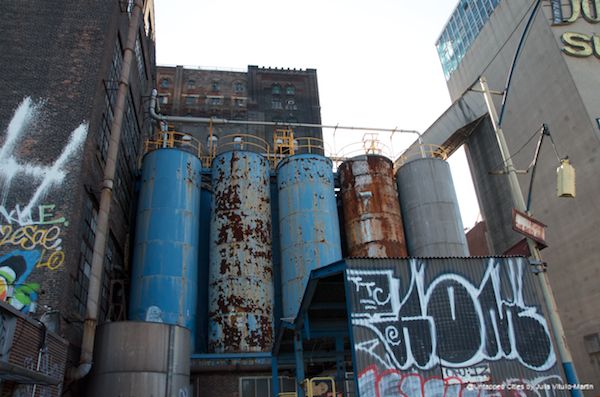
New Yorkers are only learning about the grandeur and glory of the Brooklyn waterfront just as its industrial past fades and dies. For much as we like to talk about “reopening” the waterfront to the public, the truth is that the waterfront was historically closed so long as it was industrial. And nowhere was that more true than in Williamsburg, where the immense sugar refineries and warehouses ruled the East River from the Civil War foreword, barring all casual wanderers. Sugar’s reign came to a whimpering end in January 2004 when the American Sugar Refinery Company shut down operations at the Domino Sugar refinery site. A few months later, the 11-acre site was sold to developers for $55 million.
Yet this sad story of industrial decline has taken a hopeful turn. After serious business problems, the original developers sold the site to Two Trees Management—perhaps the country’s premier Urbanist developer. Two Trees principal Jed Walentas threw out the previous plan, even though its Rafael Viñoly design had made it through the city’s arduous land-use review process, and turned instead to SHoP Architects, lately most well known for Brooklyn’s Barclay Center. Calling SHoP’s plan for Domino project “striking,” critic Paul Goldberger says it is “full of fresh thinking and creative imagination, designed to be part and parcel of the sweep of the waterfront on both sides of the river, and the Manhattan and Brooklyn skylines beyond.”
While a few vocal critics have attacked the cutting-edge architectural designs as too big and too high, at Untapped we urge readers to consider the boldness of SHoP’s plans in contrast to the homogeneity of architecture now dominating the Brooklyn waterfront. Even more important: we hope SHoP’s ideas will influence the future of the waterfront. More development is inevitably coming. That’s good for Brooklyn and good for the city’s tax base, but let’s make that development brilliantly audacious and fully worthy of the world city in which it’s being built.

Or, as Walentas adds, “We have this incredible historical place with a dominant position on the waterfront and in relation to the Manhattan skyline. We’re going to embrace the place’s heritage, its industrial texture and fabric, and save what we can save—the huge refinery building that you can see from Manhattan, for example. We’ll expand the open space so that we can make a showcase of the large industrial artifacts that are scattered throughout the buildings. We’ll re-use the gantries, and clean up and rebuild the syrup tanks. And we’ll make the whole thing accessible to everyone, transforming the property from a private enclave to an integrated part of the city.”
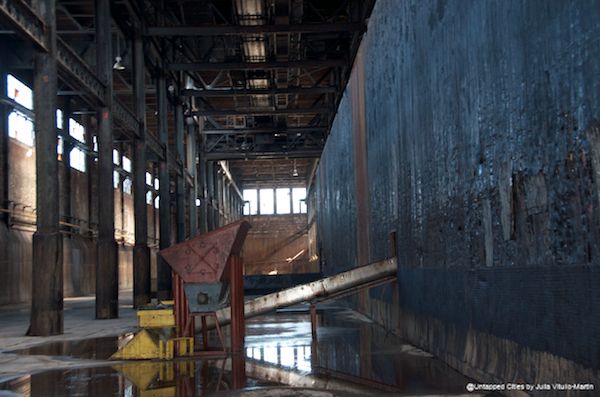
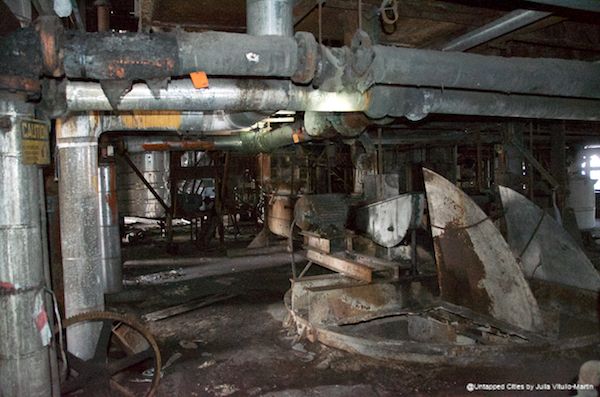
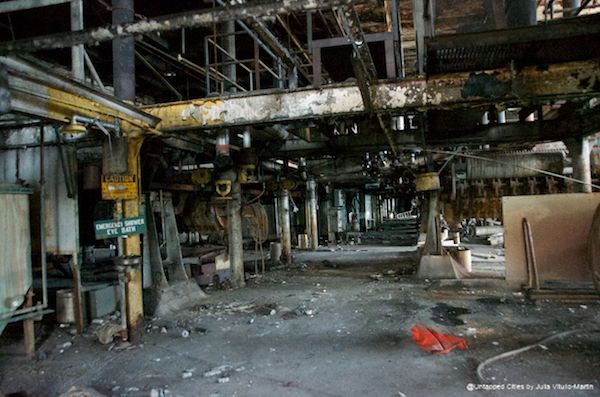
The industrial waterfront is gone, but a new, more welcoming waterfront will takes its place.
Two Trees founder David Walentas created the neighborhood of Dumbo (under the Manhattan and Brooklyn Bridges)—and thereby invented an entirely new form of profitable urban development. He converted Civil War warehouses and 19th-century industrial buildings, attracted unique retailers and restaurants through subsidized rents, mixed office and residential to create a 24-hour neighborhood, and in general marched to his own drummer, despite being constantly thwarted by the Koch administration in the early 1980s. Today, urban scholars and practitioners make pilgrimages to Dumbo to try to figure out how it was done and how to replicate the model elsewhere.
Jed Walentas doesn’t plan to replicate Dumbo on the waterfront, but he is applying Two Trees development principles that will combine new construction with a strong preservation element and magnificent open space (which he prefers to call a park). His major innovation within the 3.3 million-square-feet development will be to build over 630,000-square-feet of office space (six times what was previously approved, and enough for 3,000-4,000 workers) along with 2,200 rental apartments, 80,000-square-feet of ground level retail space, and about 60 percent more open space than the previous plan (5.25 acres rather than 3.29). To accomplish all this he’s willing to sacrifice some profit to principle: at $25 per square foot, commercial rents are about 25 percent lower than residential. David Lombino, Two Trees’s Director of Special Projects, says, “We know from our experience in Dumbo that commercial space for creative workers pays off by helping to energize a neighborhood.”
What’s more, Walentas wants to build the office space in the refinery building, which is going to be stunningly expensive to renovate. For one thing, it has no real floors and no real internal structure, but is instead “just a weird labyrinthine of equipment, much of which is completely integrated with the structure of the building,” says Walentas. Massively big equipment will have to be removed and new space constructed within the empty shell of the building.
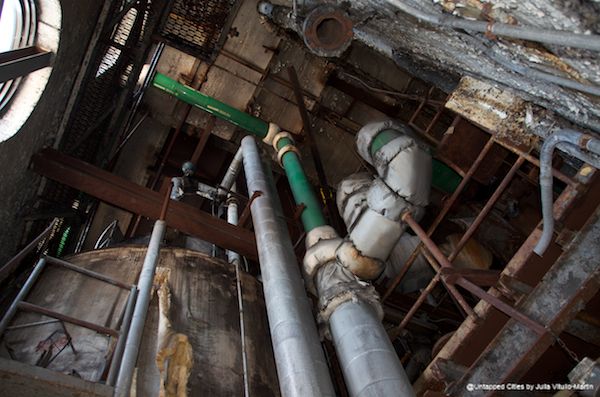
The trick is he’s going to need city approval to build the office space, and that means he has to go back through the Uniform Land Land Use Review Procedure. But he’s convinced that it will be worth the trouble, saying, “We want an energetic, 24-hour community. That means work mixed with residential.” And Brooklyn needs precisely this kind of hip, iconic space to attract the young high-tech work force that bring both dollars and vitality to neighborhoods.
Which brings Walentas back to his cherished park: “By running River Street, which now dead-ends at Grand Street, through the site and pulling the buildings back from the water, we’re changing the sense of the space from a private front lawn for a special enclave to a public park. This is the most fundamental urban gesture. We want the park to be part of the daily life of tens of thousands of people living in the community. It will become a very broad-based gathering space.”
It will also provide a crucial link in the ancient Brooklyn dream of an accessible waterfront for all. And that is a dream worth cheering.
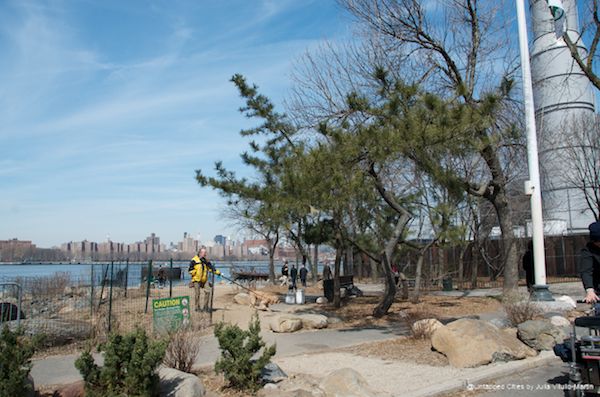
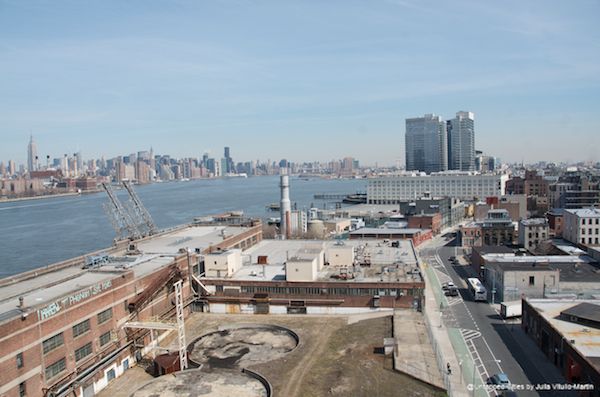
Julia Vitullo-Martin is a Senior Fellow at the Regional Plan Association and director of its Center for Urban Innovation.
Subscribe to our newsletter